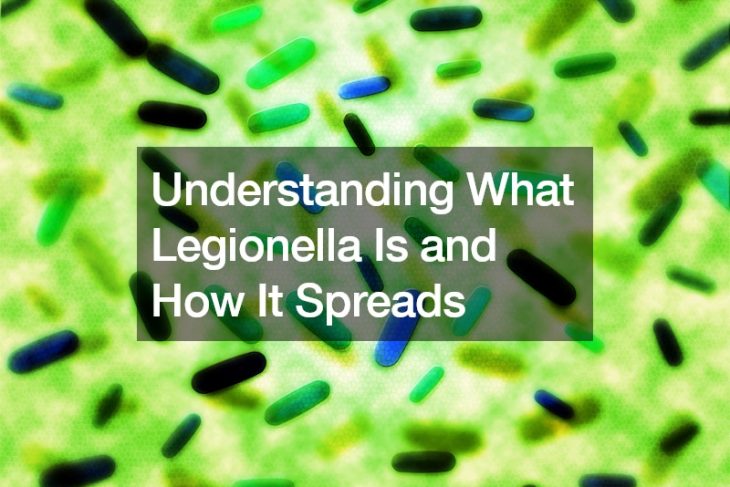
 In the span of 72 hours, Chicago Fire Department crews responded to 74 heroin overdose cases last week.
In the span of 72 hours, Chicago Fire Department crews responded to 74 heroin overdose cases last week.
Last week, Chicago police and the U.S. Drug Enforcement Administration combed the city’s West Side trying to find the source of the dangerous batch of drugs. Eventually, they arrested two gang members — 24-year-old Alfonzo Sylvester and 26-year-old Mario Wofford — after the two sold $720 worth of heroin to an undercover Chicago police officer, according to prosecutors.
The reason the two’s batch of heroin may have proved to be so lethal was because they were possibly lacing it with fentanyl, a painkiller that’s 30 to 50 times more powerful than heroin.
“We suspect what is happening is the same thing that happened in 2006 when people were getting heroin that was cut with fentanyl, which is a very strong narcotic,” Diane Hincks, a registered nurse and emergency room director at Mount Sinai, told the Chicago Tribune.
What’s particularly troubling about the situation is that although this was catastrophic, it’s only a high point in a recent trend. Federal agents report that heroin overdoses are up 170% across the nation.
Although heroin has a well-earned reputation as a dangerous narcotic, it’s incredibly easy to fall into the habit of using it. More than 1.5 billion people worldwide suffer from chronic pain. In many cases, these patients take painkillers. When the prescription runs out, or when the medicine becomes too expensive, they often turn to drugs on the street, like heroin.
According to the National Institute on Drug Abuse, one in 15 people who take non-medical prescription pain relievers will try heroin within 10 years.
That’s not even the worst part about the situation. Federal agents also report that the seizure of illegal drugs containing fentanyl more than tripled between 2013 and 2014.
In other words, the drugs that led to the scores of deaths over three days in Chicago are spreading across the nation.













